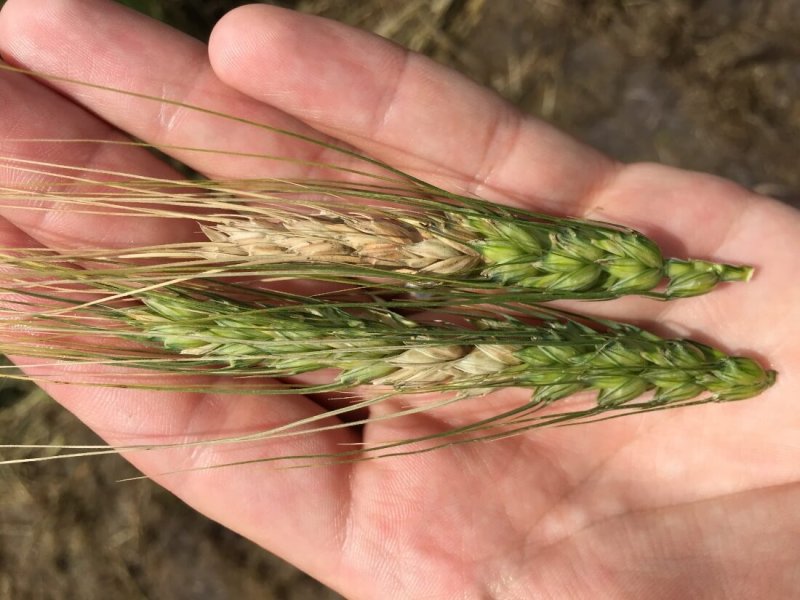Fusarium head blight is a devastating fungal disease affecting wheat and barley crops worldwide. According to the American Phytopathological Society, this disease has cost U.S. wheat and barley farmers more than $3 billion since 1990 …. Recently, many scientists have …. become interested in the idea of employing microbial species that already live on and inside crop plants to do the dirty work of controlling disease epidemics.
These microbes, known collectively as the “plant microbiome,” have a lot of natural impact on the plant host. Some microbial species are beneficial, helping the plant’s immune system to fight off enemies ….
As part of a National Science Foundation-supported internship program, I have an opportunity …. to identify beneficial bacteria from the wheat microbiome. I am pitting beneficial bacteria from wheat plants grown in Illinois against the Fusarium head blight fungus. We are comparing how the interactions of these two microbial adversaries differ ….
…
[W]e’ve already identified several potentially beneficial bacteria species. In future research, we hope to explore whether applying these bacteria to wheat seeds could help mature wheat plants resist Fusarium head blight.Read full, original article: Employing Wheat’s Bacterial Partners to Fight a Pathogen































